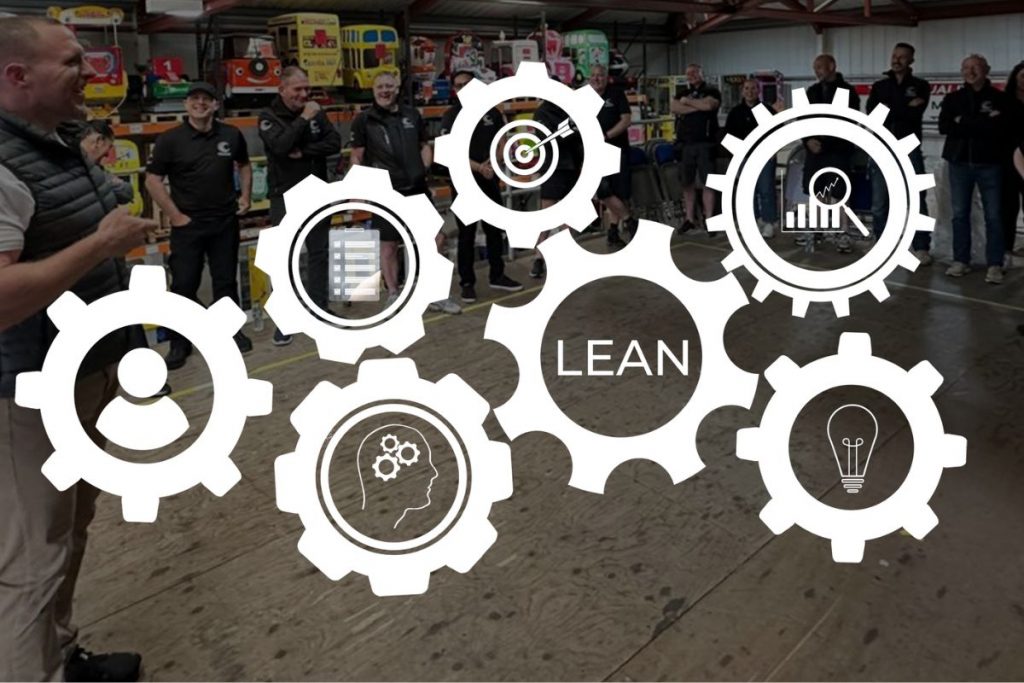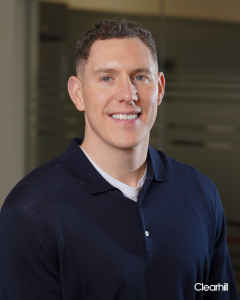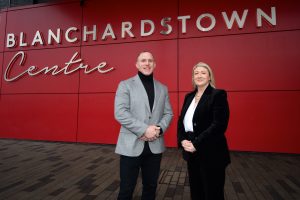What is Lean?
The 2 Second Lean approach, developed by Paul Akers of FastCap in the US, simplifies our continuous improvement efforts by focusing on the principles of growing people and eliminating waste. To do this, we seek to implement incremental improvements every day throughout our work environment. For the last 3-years, the team here at Clearhill have adopted this practice within our business. It has transformed how we approach everything, from how we clean our bathrooms to our plans and strategies for the growth and development of our staff and business.
and eliminating waste. To do this, we seek to implement incremental improvements every day throughout our work environment. For the last 3-years, the team here at Clearhill have adopted this practice within our business. It has transformed how we approach everything, from how we clean our bathrooms to our plans and strategies for the growth and development of our staff and business.
How did we start our lean journey?
Our lean journey started in February 2021. Brian and John had been searching for a blueprint to manage the company in a way that helped us build and develop our culture while embedding a continued improvement philosophy. Around this time, we hired a Warehouse Manager who had previously worked in a company that practised “2 Second Lean”. Conversation around this area began, and we started the exploration stage that led us to the creator of the 2-second lean concept, Paul Akers. We were intrigued even more and started to watch his Videos on YouTube and read his book.
First Steps
Once we decided lean was the way to go, we created the Clearhill Lean Group on WhatsApp for our workshop colleagues to share their improvements to their workspaces and processes. Sharing our ideas this way encouraged the team to find more and more improvements – working together makes the workday better for everyone by saving 2 seconds at a time. Our lean culture was born.
2 seconds at a time. Our lean culture was born.
Nurturing Our Culture
Once we established the beginnings of our lean culture, it was time to start growing and nourishing it. We introduced daily Morning Meetings, initially for the workshop team and then all office and service staff, taking over all cleaning duties at Head Office, introducing standing desks and establishing new company values.
Of course, lean is about more than improving company processes – it allows us to invest in and grow our colleagues to help them achieve their career goals. To enable this, the leadership team;
- Formed our Social Team to help create a social calendar so the team can spend time with each other in a more relaxed setting.
- Started our book club, allowing us to expand our horizons by reading and discussing books written by great business leaders.
- Switched the Morning Meeting presentations from management hosting to everyone in the Banbridge office to help develop presentation skills.
- Embarked on lean tours to Kukoon Rugs and Seating Matters to see how other companies have implemented their Lean Culture.

- Created a Lean Management Team to help integrate our new lean culture throughout the company.
- Introduced Gemba docs to manage our tasks.
The above activities have led to massive investment in our people, culture, and business practices.
As a result, we rebuilt the Parts Department and spent £7,000 to improve the audio/visual equipment in our morning meeting area. We also introduced Team Strategy days called “Clear Vision Days”. This culminated in a study mission to Japan, the true home of lean thinking, where we brought back more ideas to improve our culture.
How Does Lean Help Our Customers?
The Lean concept involves removing non-value-added activities from our processes to add more value to our customers, but what does this mean? For Clearhill, the lean culture has encouraged our colleagues to take even more pride in their work and find ways to improve the processes we use to do our jobs. Some of the improvements made include;
- Providing stocked parts boxes to reduce downtime on all our machines.

- Racking in our vans allows the engineers to see what they have or may need to order, ensuring they can continue to deliver outstanding service.
- Developing Standard Operating Procedures to aid any future machinery fixes in the future.
- The development and launch of our FunHub app to better serve and reward our customers.
These have benefitted our customers by reducing the time a ride is down, increasing the number of first-time fixes, meaning we can cover more sites, and ensuring end users are happy spending more time in shopping centres. It’s a win-win!




